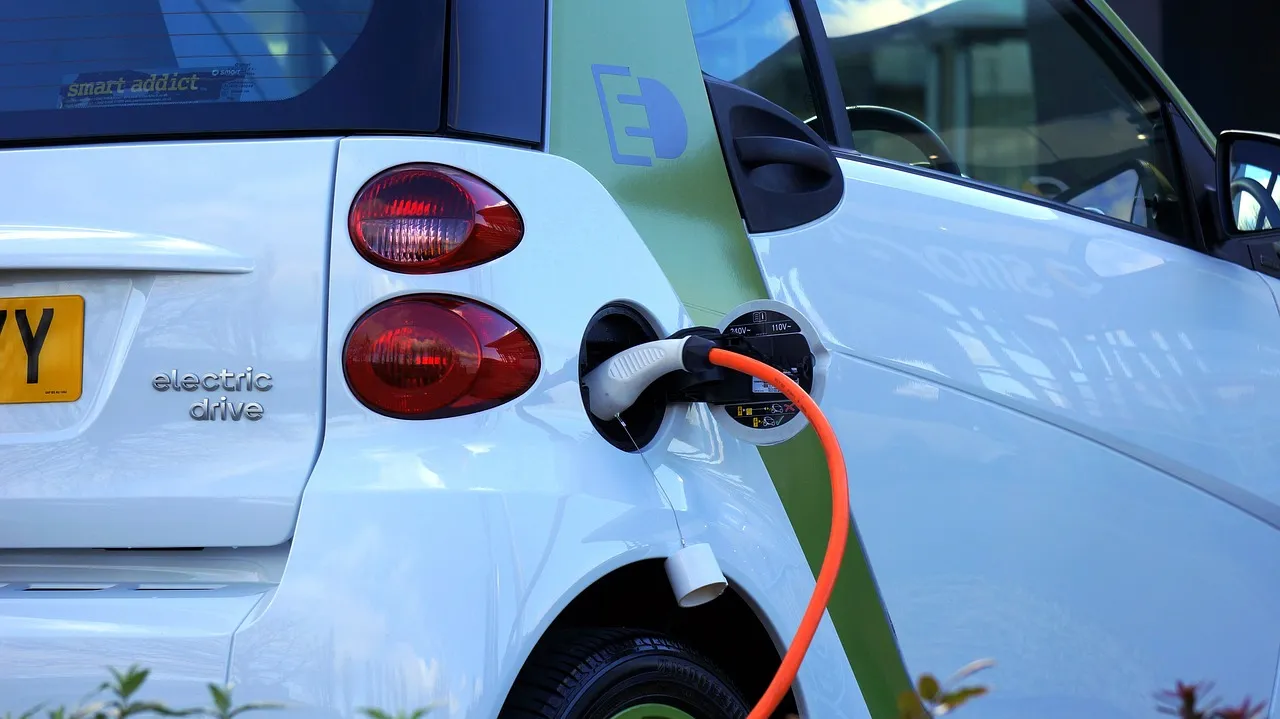Electronic vignettes have become an integral part of modern road infrastructure in many countries. Their introduction was aimed at streamlining the road toll system, reducing queues at toll stations and protecting the environment by reducing paper consumption. But what changes await us in the future? What new technologies can be introduced to further improve the system? In this article, we will take a look at possible directions for the development of electronic vignettes, analyzing the latest trends and innovations.
Technological News in the World of Electronic Vignettes.
Electronic vignettes already benefit from advanced technologies such as GPS, RFID (radio-frequency identification) systems and mobile payments. But the future may bring even more advanced solutions. Here are some technologies that could revolutionize the electronic vignette system.
1. integration with the Internet of Things (IoT)
The Internet of Things (IoT) is a technology that allows various devices and systems to be connected via the Internet. In the context of electronic vignettes, this means that cars could be directly connected to toll systems. This would allow automatic billing without additional driver intervention.
Imagine that our car is equipped with sensors that automatically communicate with toll gates on highways. When you enter a toll road section, the system automatically charges the appropriate fee and sends it to the driver’s account. This eliminates the need for a physical vignette or online registration.
2 Artificial Intelligence (AI) and Data Analytics
Artificial intelligence and data analysis could play a key role in the future of electronic vignettes. With advanced AI algorithms, toll systems can analyze data from millions of vehicles to better manage traffic, optimize fees and monitor road wear and tear.
For example, AI-based systems can predict traffic jams and suggest alternative routes to avoid congestion. They can also dynamically adjust tolls based on traffic volume, which can help evenly distribute traffic and reduce congestion on popular routes.
3 Blockchain and Transaction Security
Blockchain technology can provide a high level of security and transparency in toll systems. Blockchain is a decentralized ledger that records all transactions in a secure and unalterable way. In the context of electronic vignettes, blockchain can be used to record and verify all payments, ensuring that they are secure and transparent.
This can help combat fraud and ensure that all charges are properly billed and stored. Additionally, the technology can allow drivers to easily track and manage their payments through secure, decentralized applications.
Electronic Vignettes and Sustainable Transport
Sustainable transportation is becoming an increasingly important topic around the world. In the context of electronic vignettes, this means not only reduced paper consumption, but also more efficient traffic management and reduced CO2 emissions.
1. dynamic tolls
One way in which electronic vignettes can contribute to sustainable transportation is through the introduction of dynamic road tolls. These systems can adjust tolls depending on the time of day, traffic volume and emissions levels. For example, tolls can be higher during rush hour to discourage car use and promote the use of public transportation.
This will not only help reduce traffic congestion, but also encourage greener behavior, such as carpooling and bicycle use.
2. integration with Public Transport Systems
Electronic vignettes could also be integrated into public transportation systems, creating a single coherent fare system for using different modes of transportation. For example, drivers could use a single card or app to pay for both car trips and bus, train or subway tickets.
This would make it easier to plan trips and encourage more people to use public transportation, which in turn would help reduce the number of cars on the road and reduce CO2 emissions.
New Services and Features
The future of electronic vignettes is not only about new technologies, but also new services and functionalities that can make travel even more convenient and efficient.
1. travel management and route planning
In the future, electronic vignettes may offer advanced travel management and route planning tools. Through integration with GPS and AI systems, drivers will be able to receive detailed information on the best routes, traffic volumes, tolls and available services.
For example, an electronic vignette app could suggest optimal routes that take into account not only the shortest travel time, but also the lowest tolls and lowest emissions. In addition, the app could inform about available gas stations, restaurants, hotels and other services along the route.
2. automated payment systems
With the development of payment technologies, electronic vignettes can be integrated with automated payment systems, such as contactless payments, mobile payments or payments using biometric technologies.
For example, drivers could pay for vignettes using a smartphone or smartwatch, without having to enter payment information. Facial or fingerprint recognition technology could provide an additional level of security and convenience.
Challenges and Problems to Solve
Despite its many advantages, the introduction of new technologies and functionality into electronic vignette systems also comes with some challenges and problems that need to be solved.
1 Security and Privacy
One of the biggest challenges associated with electronic vignettes is data security and privacy. As these systems become more sophisticated and integrated, the risk of data breaches and cyber attacks increases.
Advanced data protection measures such as encryption, multi-factor authentication and regular security audits are needed to ensure user security and privacy.
2 Technology Infrastructure
The introduction of new technologies also requires the right technological infrastructure. For example, IoT and AI systems require advanced communication networks and high computing power to operate efficiently.
Countries need to invest in developing and upgrading their technological infrastructure to take full advantage of the benefits of the new electronic vignette systems.
3 Education and Public Awareness
Another challenge is education and public awareness. Introducing new technologies and systems can be difficult for people who are not familiar with modern technologies.
To ensure widespread adoption and effective use of the new systems, education and information campaigns are needed to explain how to use electronic vignettes and their benefits.
Examples of Innovation in the World
Various countries are already innovating with electronic vignettes. Let’s look at a few examples.
1. Singapore: Electronic Toll Collection System (ERP)
Singapore is one of the pioneers in electronic tolling systems. Their Electronic Tolling System (ERP) has been in operation since 1998 and uses RFID technology to automatically calculate road tolls.
The ERP system is integrated with Singapore’s entire road network and dynamically adjusts tolls based on traffic volumes, helping to manage congestion and promote sustainable transportation.
2. Norway: Automatic TollPass Gates
Norway has introduced automatic TollPass gates that use OCR (optical character recognition) and RFID technology to charge tolls. The system is fully automated and does not require stopping or manual registration.
With TollPass, drivers can pass through the toll gates smoothly, and the tolls are automatically calculated and sent to their account. This solution significantly speeds up traffic and reduces congestion on the roads.
3 US: Connected Vehicle Program
The United States is testing a Connected Vehicle program that uses V2V (Vehicle-to-Vehicle) and V2I (Vehicle-to-Infrastructure) technology to communicate between vehicles and road infrastructure. The program aims to improve safety, manage traffic and optimize tolls.
The Connected Vehicle system can automatically charge tolls, monitor road conditions and provide drivers with real-time information on road conditions. This innovative approach could revolutionize the way we use the roads and pay for trips.
Summary
The future of electronic vignettes looks promising, with a host of new technologies and innovations that could revolutionize toll systems around the world. Integration with the Internet of Things, artificial intelligence, blockchain technology and sustainable transportation opens up new opportunities for drivers and road operators.
However, the introduction of these innovations also comes with challenges, such as data security, technological infrastructure and user education. In order to realize the full potential of electronic vignettes, it is necessary to invest in technology development, as well as in education and public awareness.
Examples of innovative solutions from various countries show that the future is already on the horizon. As technologies evolve, we can expect electronic vignettes to become even more advanced, safe and user-friendly, contributing to a more efficient and sustainable transportation system worldwide.



